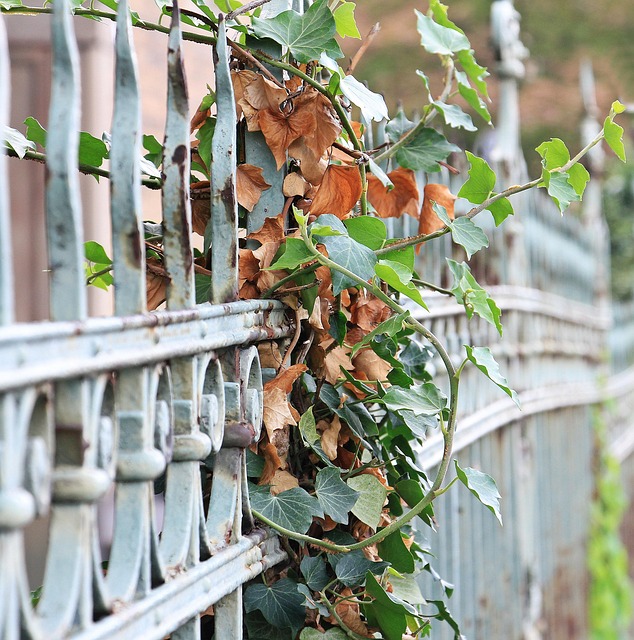DIY Fence Installation Tips for New Bedford Homeowners
Are you a New Bedford homeowner looking to enhance your outdoor space with a new fence? This comprehensive guide is designed to empower you through the DIY installation process. From planning your fence to final touches, we’ll walk you through each step. Learn how to measure and obtain permits efficiently, select the perfect fence material for your yard, and master the art of post placement for a sturdy structure. By the end, your New Bedford property will boast a beautiful, durable fence tailored to your needs.
- Planning Your Fence: Measuring and Permits in New Bedford
- Choosing the Right Fence Material for Your Yard
- Step-by-Step Guide to Installing a Wood Fence
- Tips for a Strong and Durable Fence Post Placement
- Final Touches: Gates, Maintenance, and Safety Considerations
Planning Your Fence: Measuring and Permits in New Bedford
Before installing your fence, careful planning is essential. Start by assessing your property line and ensuring that your desired fence location complies with local regulations. In New Bedford, Massachusetts, it’s crucial to obtain any necessary permits before beginning construction. Contacting the relevant authorities to inquire about specific permit requirements for your project is a wise first step.
Accurate measurements are key. Measure both the perimeter of your desired fence area and the height you plan to build. Consider factors like post placement, gate or privacy panels, and any additional features that could affect the overall dimensions. These precise measurements will guide your material selection and ensure a well-fitted, legal, and aesthetically pleasing fence installation.
Choosing the Right Fence Material for Your Yard
When it comes to fence installation, selecting the right material is a crucial first step for New Bedford homeowners. The ideal choice will depend on your personal preferences, budget, and the specific needs of your yard. Wood remains a popular option due to its natural aesthetic appeal and relative affordability. However, it requires regular maintenance like painting or staining to protect against weather damage.
Alternatively, vinyl fences are low-maintenance and highly durable, with a wide range of styles available. They’re an excellent pick for those seeking a long-lasting solution that can withstand harsh New Bedford winters. Similarly, chain link fences offer security and versatility, making them ideal for backyards with children or pets. Consider your climate, design goals, and future maintenance expectations to make an informed decision that will enhance your outdoor space for years to come.
Step-by-Step Guide to Installing a Wood Fence
Installing a wood fence can be a rewarding DIY project for New Bedford homeowners looking to enhance their outdoor space. Here’s a straightforward guide to help you through the process. Start by measuring and marking the perimeter of where your fence will be installed, ensuring it aligns with any local regulations or property lines. Clear the area of any debris or vegetation to create a level surface. Dig post holes using a post-hole digger, making sure they are deep enough (typically 3/4 the width of the fence post) and wide enough to accommodate the posts’ bottom portion and a layer of gravel for drainage. Place concrete in the holes, allowing it to set completely. Once the concrete is cured, carefully position your fence posts into the holes, ensuring they stand upright and level. Secure them with metal bands or braces until the concrete fully sets.
Tips for a Strong and Durable Fence Post Placement
When installing fence posts, proper placement is key to achieving a strong and durable barrier. In New Bedford’s varied terrain, ensuring stability is even more critical. Start by identifying the best location for each post, considering both level ground and any natural contours that can provide extra support. Digging holes at least one-third of the way into the ground is essential; this deep foundation allows your posts to withstand strong winds and shifting soil conditions characteristic of Massachusetts.
Use a level to ensure each post is straight and aligned properly. Concrete, when poured correctly, will secure the post in place. Consider using steel reinforcements for added strength, especially in areas prone to heavy traffic or potential storm damage. Regularly inspect posts after installation, looking for any signs of looseness or movement that could compromise structural integrity over time.
Final Touches: Gates, Maintenance, and Safety Considerations
After completing the fence installation, adding gates is a crucial final touch. Consider both aesthetic appeal and practicality when selecting gate styles that complement your new fence. Ensure they are securely attached to the fence posts and open easily for safe access. Regular maintenance is key to keeping your new fence in top condition. This includes cleaning the fence regularly, inspecting it for any signs of damage or wear, and applying fresh paint or sealant as needed.
Safety considerations should never be overlooked. Make sure the fence height meets local regulations and that there are no sharp edges or protruding bolts that could cause harm. Install a good-quality fence top rail to prevent climbing and add extra stability. Keep an eye out for potential trip hazards around the fence, especially if children or pets are in the vicinity. Regularly inspect the fence’s integrity to ensure it remains secure and safe for all users.
